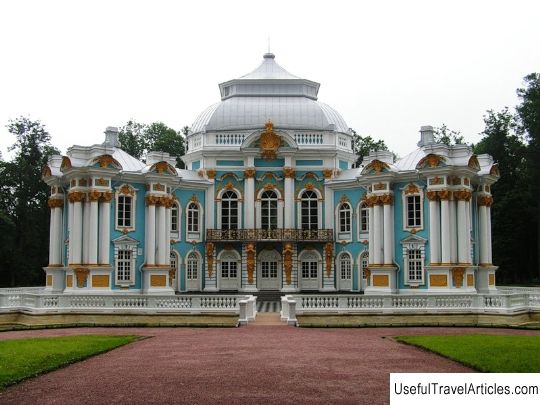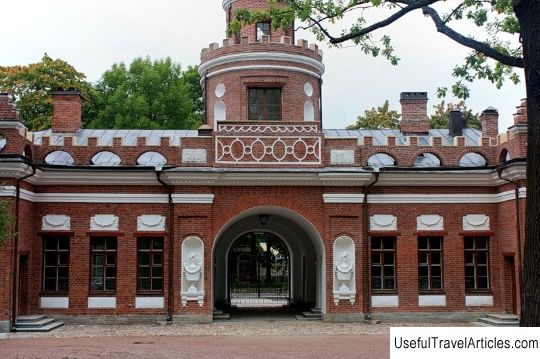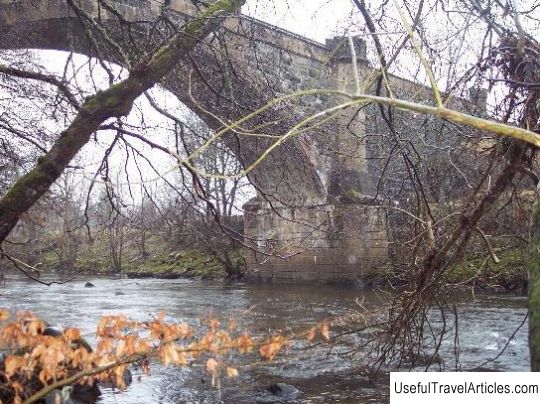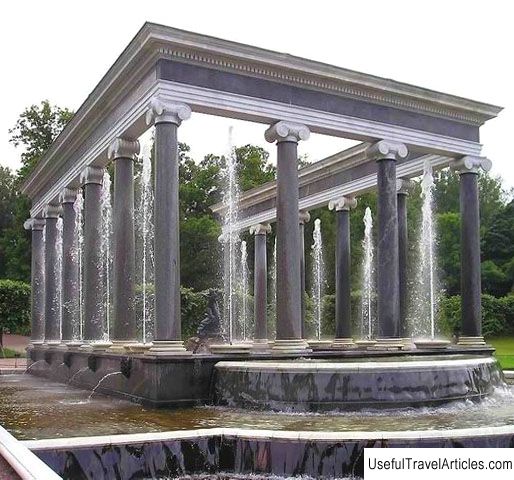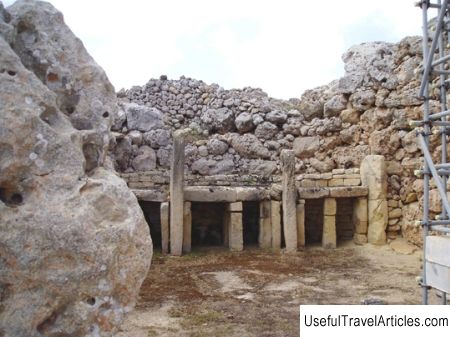Hermitage Pavilion description and photos - Russia - St. Petersburg: Peterhof
Rating: 7,9/10 (877 votes) 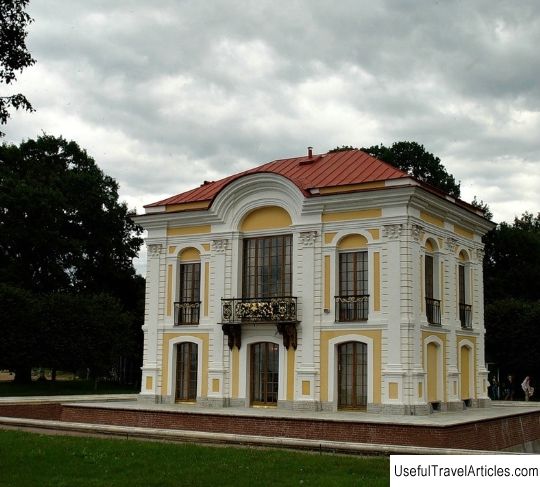
Hermitage Pavilion description and photos - Russia - St. Petersburg: Peterhof. Detailed information about the attraction. Description, photos and a map showing the nearest significant objects. Photo and descriptionIn the complex of palace buildings in the Lower Park, the Hermitage pavilion complements the Monplaisir Palace. Translated from French, the word "Hermitage" means "hermitage's hut." It was an integral part of the regular gardens of the 18th century and was intended for private meetings and gatherings of a small number of courtiers. On the ground floor of the pavilion there is a lobby decorated with pilasters, with carved oak doors that closed the "closets", a kitchen with a fireplace , an average square-shaped room where the lift table mechanism was installed, and a corridor to the stairs leading upstairs. On the second floor, a reception hall was set up, decorated with low oak panels and paintings that tightly cover the walls. The pictures are separated from each other by gilded bars. The construction of the Hermitage began in 1721 by the architect I.-F. Braunstein. The construction of the walls began in the spring of 1722, and in the middle of autumn the building was already brought under the roof. In the summer of 1722, the sculptor K. Osner made decorative alabaster statues of the seasons, which were placed on the sides of the pavilion pediments. At the beginning of winter of the same year, Y. Buev undertook external and internal plastering works according to sketches by the plaster master A. Kvadri. At the beginning of 1724, Peter the Great ordered two oak balconies to be made in the Hermitage (as on the ship Ingermanlandia »), And for the windows - forged iron bars. In the same year, openwork wooden lattices for balconies were made by carvers of the Armory N. Sevryukov and V. Kadnikov. According to N. Pino's drawings, the same craftsmen carved 8 oak brackets for balconies. At the same time the carvers P. Kolmogorov and I. Vereshchagin created wooden pilaster capitals. Iron bars for the windows were forged by the locksmith G. Belin. The ditch around the building began to be dug after its construction in 1723 and was completed in the spring of 1724. The construction of the walls and grillage was supervised by A. Cardassier and J. Michel. To fill the canal with water from the Marly pond, a water main was built. In the fall of 1724, the emperor ordered that a green lawn be made around the moat. A wooden balustrade ran along the perimeter of the canal, and a drawbridge was built across it from the side of the radial alley. The decoration of the interiors of the Hermitage was completed after the death of Peter I, but his order, written in October 1724, determined the character of the upper hall. The walls of the lower hall were covered with oak panels, the piers were decorated with paintings in oak frames. In 1756-1757, work was organized to renew the decorative elements of the Hermitage ... K.S. Girardon was involved in the restoration of figures on the sides of the pediments and two carved transoms on the ground floor. Also, the roof was completely covered, "round niches", small trellises installed on the sides of the alley at the entrance to the bridge were repaired. B.F. Rastrelli created a luxurious decoration for the upper premises of the Hermitage: the walls were completely occupied with paintings, which were separated by gilded profiled bars. When the paintings were hung, the walls had to be increased or decreased. The painting apprentice L. Pfandzelt was commissioned to develop and finish the canvases in the spring of 1759. During the Great Patriotic War, the Nazis set up a firing point here. Part of the northern wall of the Hermitage was blown up, destroyed the oak decoration of the vestibule, the lift table, binders and window panels on the southern facade. Furniture and paintings were removed inland at the beginning of the war. In 1952, a partial restoration of the building was carried out, the paintings were returned to their places. The Hermitage Pavilion was the first of the Petrodvorets museums to be opened for inspection after the war. Carver G.S. Simonov carved oak brackets for the balcony from the surviving samples, A.V. Vinogradov carried out the restoration of the carving of the balcony gratings. Subsequently, the parquet floor, the doors of the "closets" were restored, and a major restoration of the moat and stylobate was carried out. The main "idea" of the Hermitage - the only lifting table in Russia - was restored in July 2009.      We also recommend reading Palazzo Bianconcini description and photos - Italy: Bologna Topic: Hermitage Pavilion description and photos - Russia - St. Petersburg: Peterhof. |
